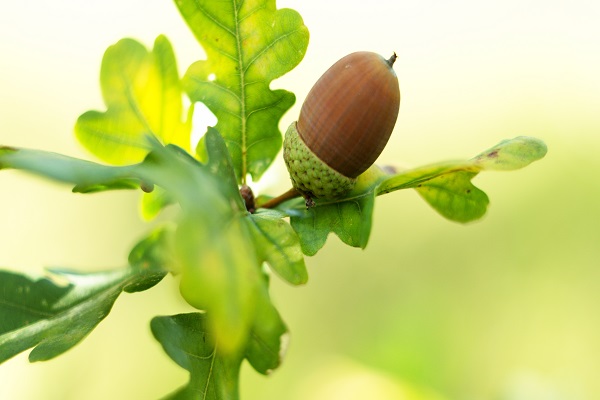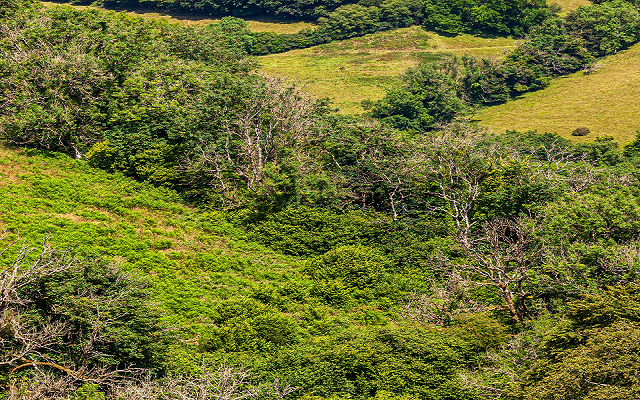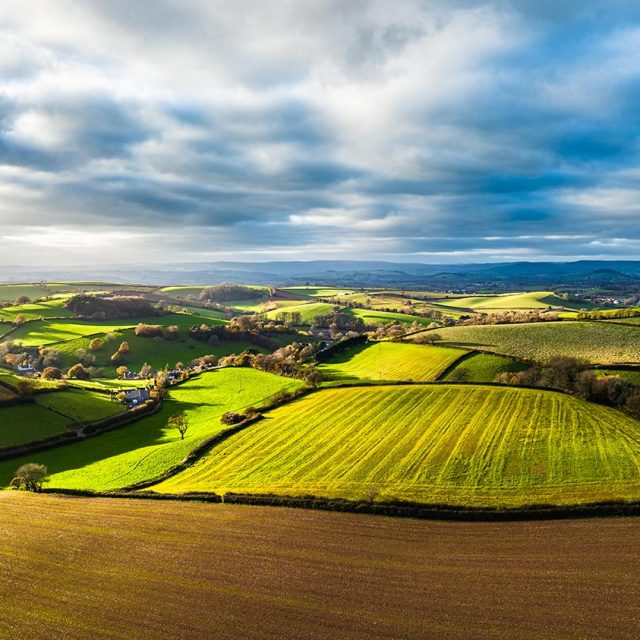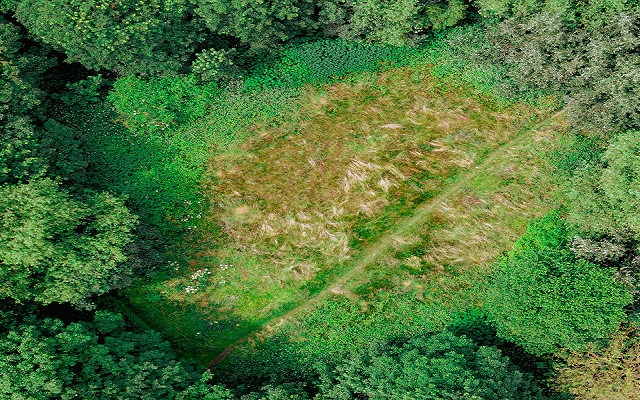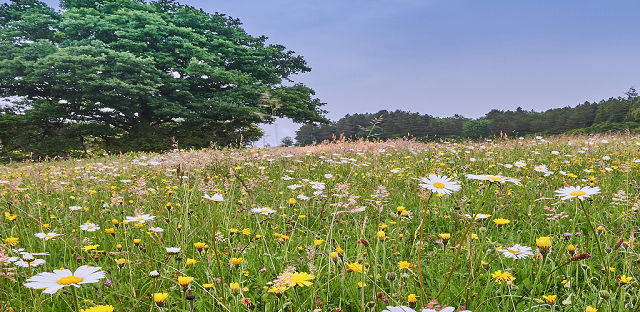7 tips to increase tree survival in woodland creation schemes
I was recently made aware of a newspaper article which made me reflect on the processes we take when planning and implementing a new woodland creation scheme.
The article, which appeared in The Times, reported that more than half a million saplings planted alongside a 21-mile stretch of the A14 in Cambridgeshire have died due to a combination of ‘poor soil’ and drought.
You may think that this may have been an isolated incident, unique to that area and possibly bad luck for those involved, but that’s far from the truth. As climate change takes hold and becomes more and more challenging, the impact on establishing new woodland has become more pronounced.
Tree losses increasing
In my former role as Woodland Officer for the Forestry Commission, I found that landowners were increasingly reporting ever more significant tree losses due to drought. This was most prevalent in the southeast of England where hotter, drier, prolonged summers were having a profound effect on the survival of young trees within their first few years of growth.
This led to claims for compensation through the English Woodland Creation Scheme on the basis that the landowner had done everything they could to establish the woodland, but they had fallen foul of the challenging summer period.
The question is could the loss of trees and the need to replace trees through further grant support or landowner intervention have been prevented?
The answer isn’t clear cut because other factors could have contributed to the tree losses. It’s impossible and impractical in most situations to consider periodic watering of trees due to the rural nature of where a new woodland scheme will sit. The cost associated with implementing a watering regime and lack of availability of water in most locations at any scale is going to be prohibitive.
However, the following is a list of ideas we can implement to swing the odds of successfully establishing a new woodland in our favour. I am not suggesting even after staunchly implementing these practices that some loss of trees won’t be experienced. However, I am confident that you will have given the trees every chance of survival and minimised the need to replace trees.
1. Choose species of trees that are most suitable for the area of the country, soil type and topography using tools like the Forestry Commission Ecological Site Classification modelling tool. This tool allows you to enter soil type, moisture regime, area of planting and many more factors to allow the tool to give you a list of trees that are suitable to the site the trees will be planted. It also allows you to look at modelling for the next 50 to 80 years to ensure the species picked are robust to climate change.
2. Talk with the Forestry Commission Woodland Officer at the earliest opportunity to discuss species choice and ask if a proportion of the tree species could be non-native varieties that will cope with climate change and still work on soil type and topography. This will help to ensure the scheme has a more robust and sustainable future. If some of the native tree species fail at any point, the woodland still has species thriving, maintaining woodland cover.
3. Ensure a yearly inspection and follow-up maintenance regime is implemented by specialist contractors to ensure weed growth around each planting station is eradicated or kept very short. This will reduce moisture and nutrient competition around the tree roots. This should be implemented every year, sometimes twice a year until trees are of an age where their roots are well developed, and moisture and nutrient competition risk is no longer a problem. This can take up to 10 years.
4. Use mulch mats where voles aren’t a particular problem to reduce moisture evaporation and help keep weed growth to a minimum around the tree roots.
5. Inspect trees periodically and particularly after high winds to ensure the tree tube protection is upright and stakes are still supporting the tree. Tubes that aren’t supported put undue weight and pressure on young saplings causing damage to the vulnerable stems.
6. In particularly exposed sites suffering from high winds, a fenced woodland scheme may be the best option in providing deer protection and would reduce the risk of tube impact.
7. Manage deer around the scheme to keep numbers to a sustainable level. This is particularly relevant in areas with fallow deer, who due to their size, have the ability to push on the tubes, snapping the tree stakes and pushing the tube over. This can allow both the nibbling of shoots and cause tube damage, putting stress on the tree.
If you are considering a woodland creation scheme on your own land and would like advice on where to start and what funding may be available, please do get in touch with the forestry team at Strutt & Parker. John Clegg & Co, the specialist forestry arm of Strutt & Parker, is also one of the sponsors at the Institute of Chartered Foresters (ICF) national conference, titled Connecting Trees, Farmers and Foresters. The event on 25 and 26 April 2023 will take place at Edgbaston Stadium, Birmingham and online. Tickets can be booked through the conference webpage.
